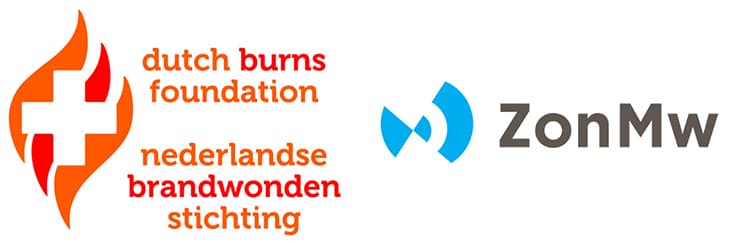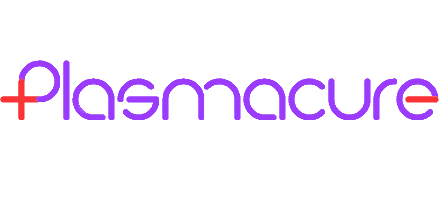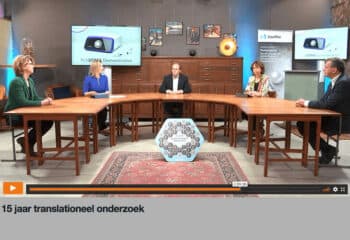20 mei 2021 – Auteur: Marc van Bijsterveldt voor ZonMw
Project: Cold plasma: opportunities for people with wound infections
Investigator: Dr. ir. Bouke Boekema, Association of Dutch Burn Centres (ADBC)
Term: 2014 – 2019
Funding: Dutch Burns Foundation
This article was published in ZonMw’s e-zine in response to the evaluation report ’15 Years of Translational Research’ presented to the Ministry of Public health, Welfare and Sport on May 20, 2021. The research was done using a PLASOMA prototype.
Burns often have a large surface area. Patients have a weakened immune system, so bacteria quickly become rampant around the wounds. Antibiotics or antimicrobial creams often do not work sufficiently. What opportunities does a gas with a strong bactericidal effect offer?
So-called ‘cold plasma’, a special gas that can kill bacteria but does not impair skin cells, may work better than antibiotics or creams. But can you deploy it safely and without additional pain? Bouke Boekema tells:
“We first applied the technique to the rather sensitive skin of the forearm in 25 healthy volunteers. That turned out to be quite painful, but acceptable. The bacteria applied to their arm did disappear. In a trial involving 20 people with diabetic foot wounds, the number of bacteria was also clearly reduced. These patients possibly had a lower pain sensitivity because of their disease. The question is whether the treatment is also suitable for people with burns. After all, their skin is much more sensitive.
The cold plasma device PLASOMA from Plasmacure with which we have been working has received CE certification. The intention is to develop the product further. Two clinical trials are now underway for this purpose. For patients with acute burns, the treatment may be less suitable. The pads currently available are still too small to cover most burns properly. For patients who are almost healed but still have smaller but stubborn wounds, it could be a solution. They could then continue to heal at home. With our study, we have shown that the technique is safe. Further research must show whether cold plasma is indeed effective in treating burns.”
___
“Thanks in part to patient input, we can launch the follow-up study”
___
What is the experience of the patient?
Frank van Berkel, Association of People with Burns and member of the user committee of the ZonMw project, says: “I have had to deal with flesh-eating bacteria for a very long time. The follow-up treatment of that is the same as after burns, hence my involvement with the patients’ association. That’s how I got involved in this project. I think it’s important to participate in scientific research as an expert by experience. By doing thorough studies, other people can get a better treatment. The technique of using cold plasma is good, but for people with burns it still needs to be further developed. Still, I see great opportunities because it seems to slow down stubborn infections. That would be a good way to support the treatment. I would argue that research into this type of innovation should continue. Reducing infections after burns is too important to write off a technique too soon.”
How close is this innovation to being a therapy for the patient?
“Translating a great idea into concrete patient care is a matter of perseverance,” says Koen Lim, medical director at Plasmacure. “In the ZonMw project we learned a lot, but we’re not there yet. It’s nice that we now have a CE mark, which allows us to use our device as a medical device. We are putting the lesson that the pads for burns are too small into action. We want to go from 3 centimetres in diameter to 24 square centimetres. For the largest wounds that is still not enough, but such a step is already very important. In addition, we are currently working on clinical studies in larger groups of patients with different types of wounds. And we are in contact with health insurers about reimbursement. Now that studies have shown that you can actually kill bacteria with cold plasma, it is important to show that you also achieve clinically relevant effects. From a societal point of view this is extremely relevant, because in the Netherlands alone some 2 billion euros are spent on wound care annually.”
More information
• Click here for more information about the technology of PLASOMA cold plasma device from Plasmacure.
• On 15 February 2021 an article was published in ‘Applied Microbiology and Biotechnology’
This ZonMw project was co-funded by the Dutch Burns Foundation and implemented by the Association of Dutch Burns Centres.
• Video broadcast May 20, 2021 (in Dutch):
PLASOMA cold plasma system is discussed starting from 1 hour and 3 minutes.



